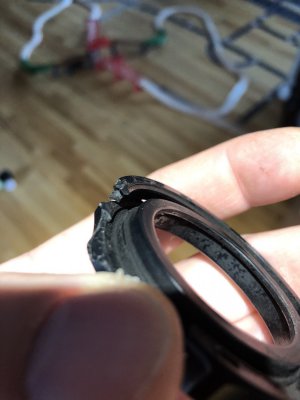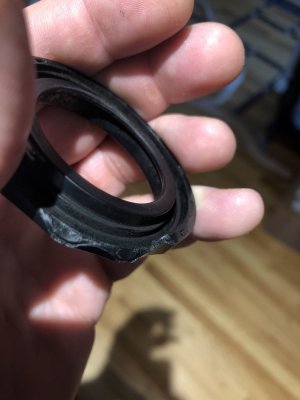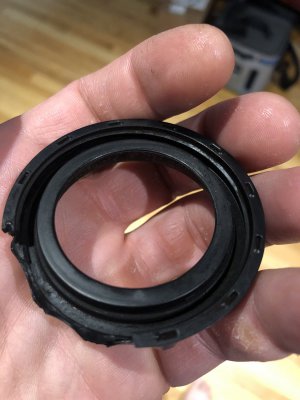- Joined
- Feb 19, 2014
- Messages
- 112
My coffee machine has this dumb plastic ring that broke and apparently it’s on galactic back order (probably because it’s made of junky plastic and repeatedly exposed to 200° water). I want to make a new one and I was thinking of using stainless instead of plastic so I don’t have to worry about it breaking again. Problem is it is threaded and I can’t even measure it because it’s such a course thread and such a short distance that it only has one single thread. I’m thinking something like 4 tpi if it’s even standard. Any idea on how to definitively measure the tpi?




